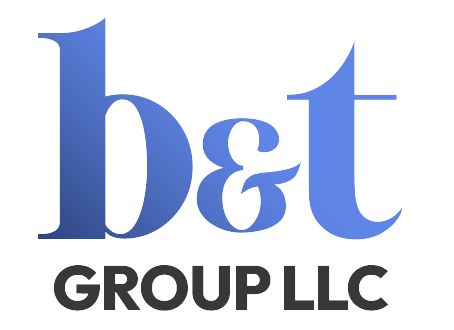How to Optimize Your Sourcing Strategy in 2024

Sourcing is one of the most important and challenging aspects of procurement. It involves finding and selecting the best suppliers for your goods and services, negotiating contracts, and managing supplier relationships. In 2024, the sourcing landscape is expected to be more complex and dynamic than ever, due to factors such as:
- Market volatility: The global market is constantly changing due to economic, political, social, and environmental factors. This affects the availability, quality, and price of goods and services, as well as the demand and supply patterns.
- Supplier diversity: The supplier base is becoming more diverse and fragmented, due to the emergence of new players, technologies, and regions. This offers more opportunities and choices, but also more risks and uncertainties.
- Customer expectations: Customer expectations are increasing and evolving, due to the influence of digitalization, personalization, and sustainability. Customers want more value, quality, and convenience, as well as more transparency, accountability, and responsibility.
To optimize your sourcing strategy in 2024, you need to adopt a proactive, agile, and strategic approach. Here are some best practices, tools, and trends that can help you:
- Conduct market research and analysis: You need to understand the market conditions, trends, and opportunities, as well as the strengths, weaknesses, opportunities, and threats (SWOT) of your suppliers. You can use tools such as market intelligence platforms, supplier databases, and online surveys to collect and analyze data.
- Define your sourcing objectives and criteria: You need to align your sourcing objectives with your business goals and values and define the criteria for evaluating and selecting suppliers. You can use tools such as scorecards, matrices, and checklists to compare and rank suppliers.
- Negotiate and manage contracts: You need to negotiate contracts that are fair, transparent, and beneficial for both parties and manage them throughout their lifecycle. You can use tools such as contract management software, e-signature platforms, and blockchain technology to create and monitor contracts.
- Manage supplier relationships: You need to build trust and long-term relationships with your suppliers and collaborate with them to achieve mutual success. You can use tools such as supplier relationship management (SRM) software, supplier portals, and online communities to communicate and cooperate with suppliers.
By following these best practices, tools, and trends, you can optimize your sourcing strategy in 2024, and gain a competitive edge in the market.


Leave a Reply